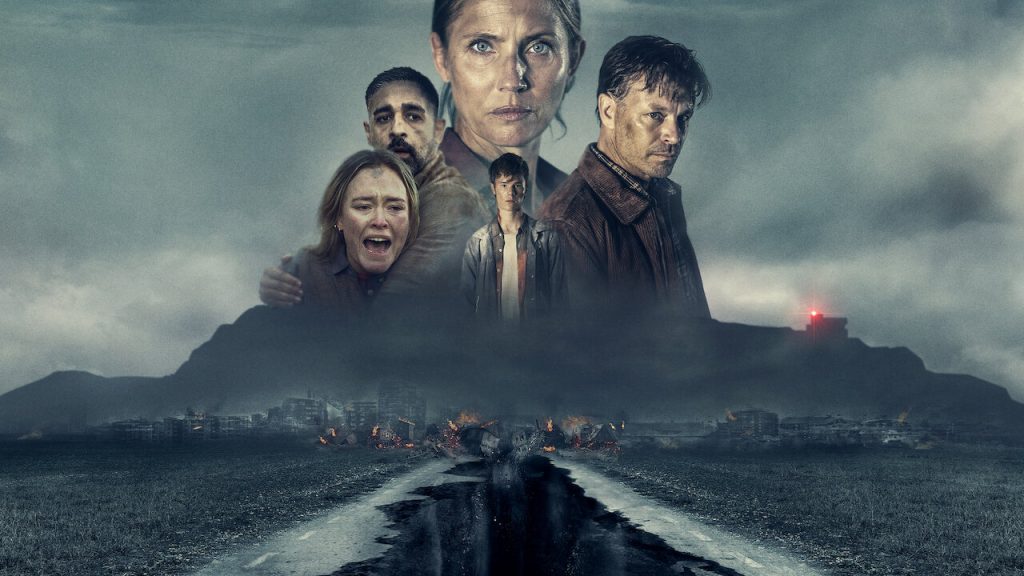Netflix’s 2023 movie “The Abyss” captivates audiences with its harrowing depiction of the Kiruna Mine disaster, drawing inspiration from the real-world events of 2020. However, while the film delivers gripping drama and intense scenes, it diverges from the actual incident in several significant ways. Here’s a breakdown of the key differences between “The Abyss” and the true story of the Kiruna Mine disaster:
Casualties
In “The Abyss,” the disaster claims numerous lives due to cave-ins and sinkholes, heightening the tension and drama. However, in reality, the 2020 earthquake at the Kiruna Mine resulted in no casualties, with all miners successfully evacuated. The town of Kiruna remained unharmed by the seismic event.
Relocation Process
The film suggests that the decision to move Kiruna was a recent response to the earthquake. In truth, the relocation process began nearly two decades earlier, in 2004, due to long-standing concerns about subsidence caused by mining activities. By the time of the earthquake, only the town center had been relocated, with most residents still living in the original town.
Immediate Impact
While “The Abyss” portrays a swift and catastrophic aftermath of the earthquake, including widespread destruction and chaos, the real Kiruna Mine disaster did not result in major cave-ins or sinkholes. While infrastructure damage occurred, there was no imminent danger of sudden craters swallowing up the townspeople, as depicted in the film.
Indigenous Impact
The movie focuses primarily on the fictionalized effects of the disaster on the town of Kiruna. However, the true impact extends beyond the town to the indigenous Sami people of Northern Sweden. The disruption caused by mining activities and the decision to relocate the town center significantly affect the Sami’s traditional reindeer herding practices, posing a threat to their way of life.
Timeline of Recovery
“The Abyss” concludes shortly after the disaster, leaving out the long-term process of mine restoration and town relocation. In reality, it took two years for the Kiruna Mine to complete repairs following the earthquake, with production still reduced compared to pre-disaster levels. The full relocation of Kiruna is not expected until 2034.
Despite these deviations from reality, “The Abyss” delivers a gripping and emotionally charged narrative that shines a spotlight on the potential consequences of industrial activities in sensitive environments. While it may take creative liberties for the sake of storytelling, the film prompts audiences to consider the broader implications of human actions on both local communities and natural landscapes.
FAQs about “The Abyss”
Is “The Abyss” based on a true story?
Yes, “The Abyss” is inspired by the real-world Kiruna Mine disaster of 2020. However, it takes creative liberties in its portrayal of events and diverges from the actual incident in several key aspects.
Were there casualties in the real Kiruna Mine disaster?
No, there were no casualties in the real Kiruna Mine disaster of 2020. All miners were successfully evacuated, and the town of Kiruna remained unharmed by the seismic event.
Why did the town of Kiruna decide to relocate?
The decision to relocate Kiruna began in 2004 due to concerns about subsidence caused by mining activities. While “The Abyss” suggests that the earthquake prompted the relocation, the process had been underway for nearly two decades prior to the disaster.
What impact did the Kiruna Mine disaster have on the indigenous Sami people?
While “The Abyss” primarily focuses on the fictionalized effects of the disaster on the town of Kiruna, the real impact extended to the indigenous Sami people of Northern Sweden. The disruption caused by mining activities and town relocation significantly affected the Sami’s traditional reindeer herding practices, posing a threat to their way of life.
Q: How long did it take to repair the damage from the Kiruna Mine disaster?
It took two years for the Kiruna Mine to complete repairs following the 2020 earthquake. However, the full relocation of Kiruna is not expected until 2034, highlighting the long-term nature of the recovery process.
